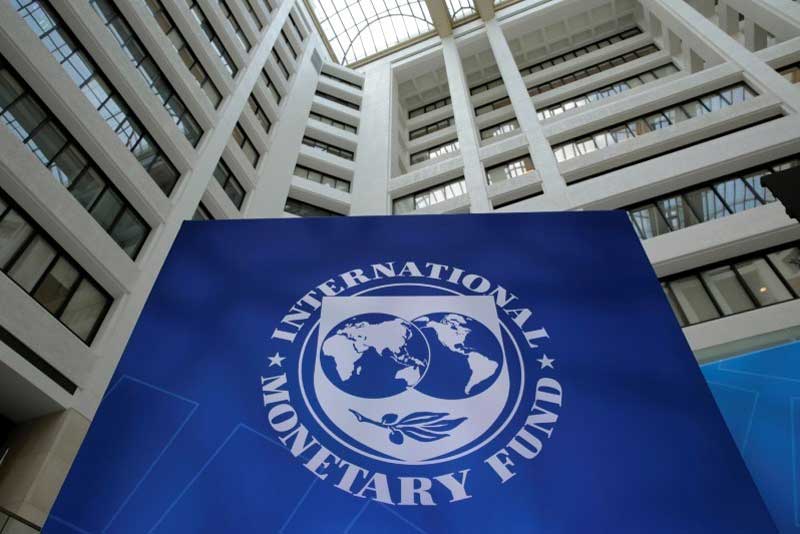Kenya has lately developed insatiable appetite for credit. And 2017 will be remembered as the time Kenya’s public debt nearly touched unsafe levels after crossing Sh4 trillion mark in March.
From as low as Sh2.5 trillion in December 2014, Kenyans owe the world a massive Sh4.5 trillion by December 2017.
This is set tip over Sh5 trillion in 2018, an unfortunate development that might see critical projects sacrificed as a huge chunk of revenue goes towards debt repayment.
Signs that Kenya could easily slide into a debt-trap started manifesting in 2014 when Kenya borrowed $2 billion and $750 million in tap sale from the international market.
Just a few months later, the Government approached the International Monetary Fund (IMF) for a dollar loan cushion. The money, which would only be drawn if shocks hit the Kenyan market was a clear indication that the country had stretched its ability to raise funds in case of an emergency.
In 2015, IMF had warned Kenya over its entry into the international markets. With these developments, it was not surprising that by 2016, Kenya was among 22 countries in Sub-Saharan Africa where public debt rose above 50 percent of gross domestic product (GDP). The Government has been borrowing aggressively and sinking the borrowed cash into mega infrastructural projects including railway, ports, roads and energy projects.
Naoyuki Shinohara, deputy managing director and acting chair of IMF executive board in February 2015 noted that Kenya’s entry into the commercial loans market had exposed the country, but that the $688.3 million precautionary loan would ‘mitigate the impact of shocks if they materialise’.
“The economy remains vulnerable to shocks arising from Kenya’s growing integration into global markets, security concerns, and extreme weather events,” Shinohara said then.
In the last two years, Kenya has borrowed three syndicated loans. The first was in October 2015 and two this year. It is currently eyeing another Eurobond or a syndicated loan to repay the October 2017 one by the first quarter of 2018.
This may explain why Kenya had to go back to the IMF in March 2016 for an even bigger cushion debt of $1.5 billion; almost three times the size it had requested a year earlier. This facility expires in the next three months, during which Kenya must settle the $750 million syndicated before April 2018.
Much pressure Although Cabinet Secretary Henry Rotich recently said the country took up Sh77 billion to refinance the facility, analysts see this as a deflection of the fact that Kenya could not pay the debt by October 30 and that it will need to go to the Eurobond market next year to settle this loan.
Treasury was only able to pay 10 per cent of the syndicated loan as holders flatly refused to roll over the debt. In fact, the figure and the lender coincide with two syndicated loans taken in January and March this year. PTA Bank, Eastern and Southern African Trade and Development Bank based in Burundi gave the Government Sh25.8 billion ($250 million) approved in December last year.
The bank, which rebranded to Trade Development Bank then arranged an additional a 10-year Sh51 billion ($500 million) from Qatar National Bank (QNB), Emirates NBD and Afreximbank.
Treasury mandarins are under so much pressure since the servicing of the $3.8 billion Chinese loans borrowed to fund the Mombasa-Nairobi section of the SGR is expected to kick in this financial year.
The year 2019 will even be more tricky when the $750 million five-year tranche of the Eurobond that the country issued in 2014 will mature.
PTA’s January $250 million syndicated loan will also mature in 2019 which will require huge payouts. And by 2020, the $800 million three year loan from a syndicate of Citi, Standard Chartered and Standard Bank SA will be due for repayment.
IMF’s Managing Director Christine Lagarde, thinks Africa’s debt problems ‘could very well’ worsen in 2018 as the dollar appreciates and the US raises interest rates, according to an interview with Quartz magazine.
She said the bond investors who were busy chasing high yield ‘were so eager to lend that I don’t think they were very serious about assessing the risks’. China as brutal as commercial lenders has not been too kind to defaulters.
This month, the Asian giant seized strategically located Hambantota port from Sri Lanka. Last year it seized the Mediterranean port of Piraeus, which a Chinese firm acquired for $436 million from a cash-strapped Greece.
This should ring bells for Kenya whose Chinese loans have doubled from Sh227 billion ($2.2 billion) in 2014 to Sh414 billion ($4 billion) last year. To service this, Kenya will wire Sh150 billion in the next four years to the Chinese government, Exim Bank of China and China Development Bank. For the SGR alone, Kenya will take a total of $10 billion (Sh1 trillion) from China.
Kenya borrowed $3.8 billion for the section between Mombasa and Nairobi and signed off another $1.5 billion for extending the line to Naivasha. Another $5 billion in Chinese loans is in the works for the extension of the railway from Naivasha to Malaba. Analysts say that when the Government goes back to the IMF, an additional cushion loan or extension will not come easy.
“I think the IMF will probably give the Government a benefit of doubt because of the extended electioneering period and the completion of the SGR (Standard Gauge Railway) project. Going ahead however, debt-servicing costs and fiscal consolidation will be a rigid condition to be met,” said Jibran Qureishi, Stanbic Bank Regional Economist, East Africa.
President Uhuru Kenyatta has already called for expanded healthcare scheme and even ordered that medical cover be provided to all those who sat the Kenya Certificate of
In fact, after the approval of the Sh77 billion guarantee of Kenya Airways loan, Kenya’s indirect debt may stand at a whopping Sh399 billion with significant amount of the undisclosed debt being guarantees to the energy sector over the past 10 years through Public Private Partnership deals.



